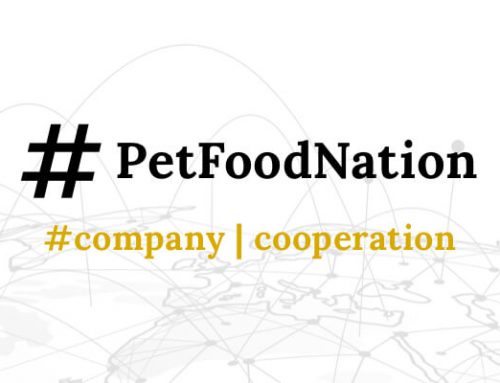
The Corona Pandemic has many different impacts on the economy. Some branches benefit, others suffer. As the freight market in Europe and Asia is concerned, container availability and shortage are two of the decisive keywords these days. The natural result is a record high of shipping costs which partly have quadrupled in a few weeks. Especially affected is the China-Asia bottleneck. Delivery delays, annoyed desperate customers, and powerful shipping companies which are in full control of any shipping activities accompany this recent development in the freight market. To ensure one’s own supply chain seems to be the order of the day.
Current freight situation in detail
Imagine that the costs of shipping a 40-foot container from China to Northern Europe rise from 2.000 $ to 9.000 $ in weeks. What sounds like the sweet dream of every shipping company and the nightmare of freight depending industries has become a dull reality at the end of 2020. Waiting weeks for containers is no real perspective for most industries also in the pet food branch. A lot of industrial partners dealing in pet food get their products and raw materials from Asia, especially China. So, it is no wonder that everybody is willing to pay even premium rates to ensure steady and timely supplies. Also, being able to pay premium shipping costs does not help much. Unfortunately, there are a lot more industries interested in containers. These containers have become a limited resource for now – a classic bottleneck situation. Delivery companies have become powerful players overnight who seemingly rule the sensitive transport business from Asia to Europe at their will. Can Corona really held to be responsible for this current development?
Advertisement
Deeper understanding of current freight situation
Truly, the freight market situation now is to a greater extent the result of the Corona Pandemic and its shockwaves. At the beginning of the first Corona wave in the spring of 2020 container business and freight market came to a brutal hold. Due to the restrictions in the quarantine situation in international goods traffic empty containers stranded in Europe and the US to thousands. Deliveries and supply lines were canceled. A slowdown in global trade – sometimes to the extent of a global shutdown – affected the freight market hard.
What the freight market then saw in the second half of 2020 was a complete rebound. A sudden and mainly unexpected rise in the demand for containers and deliveries sent costs and competition skyrocketing. So far, there is no real end to be seen to this bottleneck in the container business.
The current situation might show deeper weaknesses of a business which sometimes seems to be much too cumbersome to move and dwell in the vicious VUCA-World of the 21st century. It also highlights the complete dependence of many industries including the pet food branch on the Asia-Europe supply chain. Even though, when some of the players in this game react now such as Chinese Alibaba’s logistic arm Cainiao by launching a container booking service in response to the bottleneck problems, it is not sure that the crisis can be overcome very soon. While some say, the situation might be exacerbated as demands for goods from Asia could rise further, others expect the situation to calm down in the second half of 2021 when restrictions in Europe shall be less and people can spend again more money on leisure activities and traveling.
Outlook and actions to secure supply chain
It might come to relaxation on the freight market in the long-range. In the short-range, an end of the bottleneck situation is not in sight. For companies affected by this crisis, it has become the first duty to ensure a constant and reliable supply chain. It is no normal freight situation just now so dealing with supplies orders has become a matter of the boss. What does that mean? It means that it is vital for players in the pet food branch to find the right supply partners and establish long-term relations, rather than buying at the cheapest spot prices. The existing patterns and procedures of the own freight management should be put under scrutiny to identify weak spots and develop new routines where needed. Even, when the freight situation calms down a bit, prices are not expected to fall rapidly to a level all were used to before Corona hit. Price ranges especially on a high level always have a long half-life and pure survival qualities. Advice and support of experienced experts in the Eurasian business can be most helpful. – Do not wait too long to react – ensure your supply chain from Asia still today!
related links and articles:
- Handelsblatt: https://www.handelsblatt.com/unternehmen/dienstleister/ueberbordende-frachtraten-lieferengpaesse-aus-fernost-bringen-reedereien-schwere-kritik
- Tagesschau: https://www.tagesschau.de/wirtschaft/bis-zu-vier-mal-hoehere-frachtraten
- Change: https://container-xchange.com/blog/how-the-coronavirus-impacts-container-availability/
- Financial Times: https://www.ft.com/
- CNBC: https://www.cnbc.com/2021/01/22/shipping-container-shortage-is-causing-shipping-costs-to-rise


